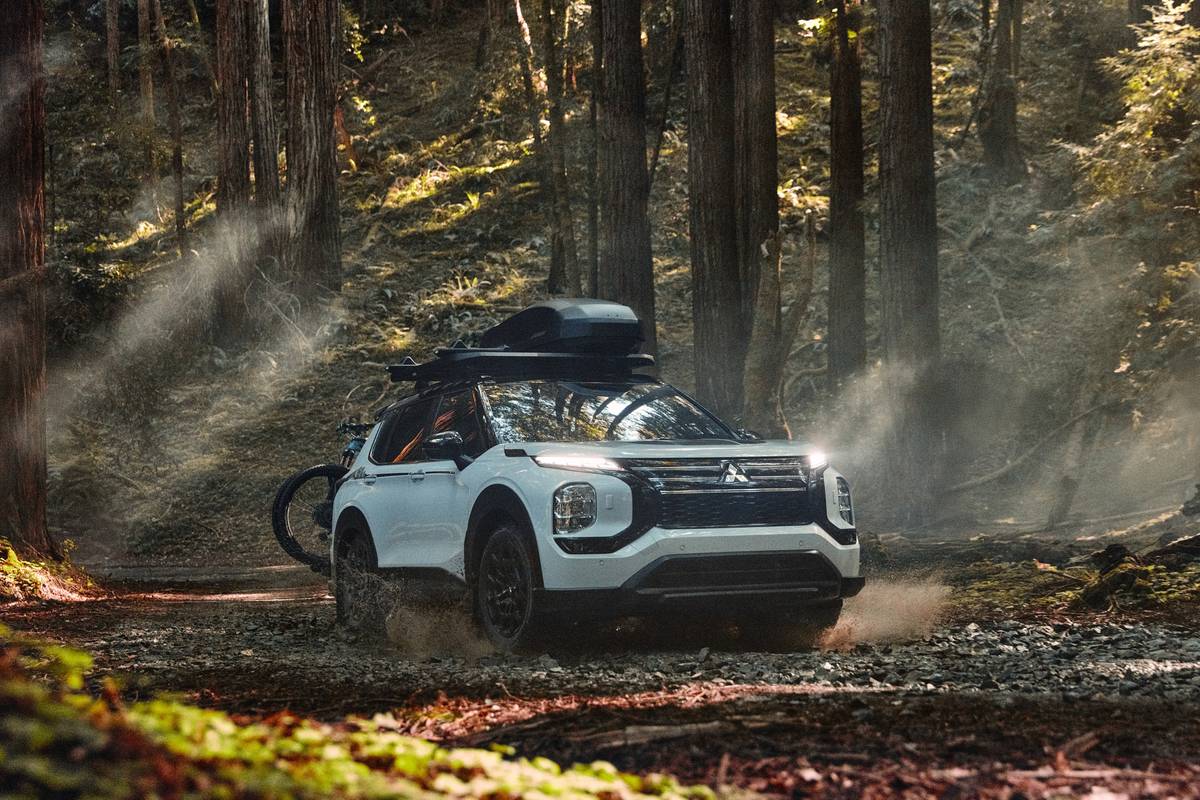chicagotribune.com's view
The Toyota Matrix and Pontiac Vibe are fraternal twins, basically the same car with different looking skin.
General Motors figured if it couldn’t beat Toyota, it might as well join its rival in creating one – or two: Vibe and Matrix, hatchbacks resembling wagons built off the Toyota Corolla sedan platform.
Matrix is produced in Canada alongside Corolla, Vibe in California alongside Corolla.
Having tested Vibe, it was time to check out Matrix. It, too, gets a styling makeover for 2009 to boast a coupe-like profile, though you can make an argument for calling it a sedan, wagon or a crossover.
Matrix follows Toyota’s conservative styling approach of blending in with, rather than standing out from, the crowd. Obviously those at Toyota responsible for reliability and dependability have the offices with windows, while those in design occupy the basement.
The main objection to the styling are the large, slab sided doors with no protective moldings or body creases to keep parking-lot tattoos from showing.
Matrix is offered in Standard, S and XRS trim with front- or all-wheel-drive (S only). We tested the FWD S.
Ride is smooth. The test car added the $250 option package with stability and traction control for security in any season. The systems are standard in the top-of-the-line XRS.
The cloth seats are well cushioned for all hauls – short or long – and do an excellent job of holding occupants in place. Matrix moves alertly through traffic and handles agily. Have to suspect, however, that the optional, wider-profile 17-inch radials would be more nimble in corners and thus preferred over the 16-inch base treads.
The 2.4-liter, 158-horsepower 4-cylinder standard in the S delivers good pep as well as good mileage-21 city/28 highway with 5-speed manual. Those who subscribe to the theory that the only fuel efficient car is one with manual transmission please note that the 2.4 with 5-speed automatic is rated at 21/29, or a little better without having to exercise the clutch every 5 seconds in rush hour or construction zones.
Manual or automatic, Matrix falls short of the magic 30-m.p.g. mark with the 2.4-liter. To gain entry to the 30-m.p.g. club means opting for the base Matrix with 1.8-liter, 132-h.p. 4 and 26 m.p.g. city/32 m.p.g. highway with manual, 25/31 with 4-speed automatic. What you gain in m.p.g., you lose in muscle, however.
And there’s no hybrid version.
Though a compact, cabin room is good-especially rear-seat headroom. Those in back get a pair of cupholders that pop out of the center armrest upfront as well as a pair of bottle holders in the doors. Even with all that comfort, well hydrated rear-seat passengers better hope for short trips.
There’s ample cargo space behind the rear seat. If you need more room, rear seat backs fold after you remove the headrests. There’s also some hiding space under the cargo floor.
Nice touches include a power plug plus cell-phone/iPod holders in the center console along with cupholders with a slit for handles, a small storage area below the center armrest, a coin box in the dash left of the steering wheel, a shopping bag hook low on the instrument panel on the passenger side, plastic grocery bag holders along the rear cargo walls, tie down hooks in the cargo floor and holders for 20-ounce water bottles in both front doors.
Matrix S starts at $18,260, which includes anti-lock brakes, side-curtain air bags, air conditioning, AM/FM/CD and MP3 player capability, power windows/locks/mirrors (but not seats) and rear window wiper/defogger. Options include cruise control at $250, rear-seat heat ducts and heated sideview mirrors at $150 and a JBL audio upgrade with steering-wheel controls, Bluetooth phone and XM satellite radio at $1,230. Power moon roof runs $890 and a navigation system, offered for the first time, $1,520.
Matrix is targeted at younger consumers with active lifestyles looking for low price, high mileage, ease in parking and garaging and good room.
Reaching 30 m.p.g. with the 2.4-liter and offering some door-ding protection should be high on Toyota’s to-do list for Matrix-along with making stability and traction control standard for those youthful motorists.
Flush with excitement: First they appeared in minivans, then cars and trucks. They spread to grocery carts, movie-theater seats and lawnmowers. And now we’ve found a cupholder where we least expected one: on a “Star Wars” slot machine. What next, the commode?
Read Jim Mateja Sunday in Rides. Contact him at rides@tribune.com.
Latest news

2025 Tesla Cybertruck Review: Wedge Issues


